You press play. Ten seconds in, the examples miss and the tone feels off. You keep watching, but the message doesn’t land. The pacing wanders, the scenarios don’t reflect your day-to-day, and the quiz at the end feels disconnected from what you need to do at work tomorrow.
You’re ready to practice, but the course stays in lecture mode. You want clarity on one sticky concept, but there’s no branch that slows down, reframes, or shows a different path through the idea. Attention doesn’t fade because you lack discipline; it fades because the lesson won’t adjust.
That’s the gap AI can close. A course can notice where you pause. Where you replay, and where errors cluster. It can offer a shorter explanation when you already know the basics or a deeper walk-through when the foundation is shaky. It can switch formats on the fly: a quick diagram for a visual learner, a step-by-step practice for a hands-on learner. Or a short coaching clip that addresses the exact mistake you keep making. The experience stops feeling generic and starts feeling like it was built with you in mind.
So how do we get there? Let’s see together!
Why personalization matters more than ever
Think back to the best teacher you ever had. Chances are, they didn’t just deliver information; they noticed when you struggled, gave extra context when you needed it, and pushed you forward when you were ready. In a classroom, that attention comes through human connection. Scaling that level of care to thousands of learners online demands a different approach.
Learners expect more than static videos and generic quizzes. They want timely feedback, lessons that match pace, and options that suit different learning styles. If someone absorbs ideas through visuals, offer diagrams or quick animations. If another thrives on practice, include interactive problem sets. Personalization reduces cognitive friction and keeps momentum intact.
It also guards attention. Online learning competes with messages, tabs, and life in the background. When a lesson meets a learner’s current level, the next step feels achievable, and the urge to bail fades.
How AI adapts to individual learners
AI works well here because tiny signals add up to a clear picture. Every pause, rewind, and incorrect attempt says something about readiness. The system routes people toward material that matches needs.
Envision two people on the same data course. One flies through statistics and slows down with data cleaning. The other needs more time with probability but enjoys building dashboards. An adaptive path respects both patterns. The first gets deeper practice with messy datasets. The second receives targeted support on probability and then moves ahead with confidence.
The key shift is simple: the curriculum bends to the learner instead of the other way around. That change reduces boredom and anxiety, two quiet killers of persistence.
Breaking barriers with AI-powered accessibility
Personalization is also about inclusion. Not everyone accesses content under the same conditions. Some learners have hearing or vision impairments. Others don’t speak the course’s original language fluently. Traditional approaches often left these students behind.
AI helps by offering adaptive captioning, text-to-speech, and real-time translation that reduce friction. These features do more than tick a compliance box. They signal that the course was designed for a wide range of people, which strengthens motivation and trust.
This is where AI dubbing adds real reach. Instead of forcing learners to track subtitles or wrestle with a language barrier, high-quality voiceovers deliver content in the learner’s language while preserving tone. The experience feels natural. For global programs, that single change widens access, improves comprehension, and respects cultural nuance.
Practical ways AI can personalize learning experiences
AI sounds impressive in theory, so let’s make it concrete. Small moves, applied consistently, can reshape engagement and results.
- Adaptive assessments that shift difficulty based on recent answers, so people stay challenged without feeling stuck.
- Dynamic recommendations that surface extra resources, case studies, or exercises aligned to visible gaps.
- Predictive support that flags risk early and prompts a tutor check-in, a peer session, or a gentle nudge to reattempt key concepts.
These approaches already show up across education platforms, corporate academies, and professional upskilling. The common thread is scale: AI supports personalization that would otherwise strain any team.
Designing experiences that respect human motivation
Technology cannot carry the full load. People still learn best when they feel supported, curious, and safe to try again. AI should strengthen those conditions.
Blend adaptive tools with human touchpoints. An AI tutor can provide hints during a module. A live instructor can host weekly discussions for reflection and deeper questions. Office hours, community forums, and peer review keep accountability and connection alive.
Make progress visible. Dashboards that highlight streaks, milestones, and skill growth help learners see momentum rather than distance. Feedback language matters too. Clear, specific notes that focus on next steps invite action. Vague labels like “good” or “needs work” drain energy.
Finally, honor effort. Many learners arrive with past school scars. A course that offers flexible attempts, celebrates small wins, and avoids punitive grading unlocks frive that rigid systems never see.
Building for different learning styles
People process ideas in different ways. Some prefer a hands-on path. Others need stories or visuals to ground abstract ideas. AI can detect patterns in behavior and tailor delivery accordingly.
For example, a dense analytics module could appear as:
- A short case study that walks through decisions and outcomes
- A clean infographic that turns variables and relationships into shapes and flow
- A guided simulation that lets learners test inputs and feel consequences
When a course respects preference, retention improves, and satisfaction rises.
Measuring what matters
Personalization should lift outcomes that leaders and learners care about. Track impact with a mix of learning, behavior, and business metrics. Keep the set focused, and tie each metric to a decision you’ll act on.
- Learning outcomes: mastery by objective, time to competency, and assessment pass rates on the first attempt.
- Engagement signals: return visits, drop-off points inside modules, and voluntary practice volume.
- Business value: reduced ramp time, fewer support tickets tied to knowledge gaps, and higher adoption of new processes.
Use metrics to iterate, not to surveil. Share progress with learners so they understand how changes support them, and invite feedback that numbers can’t capture.
Case snapshots across contexts
Corporate training: A customer success academy notices slow onboarding for new hires. The team maps core competencies and builds adaptive pathways for each. Early assessments route new reps to targeted practice. AI-generated coaching tips appear after call simulations. Time to first solo call drops, and confidence rises because reps practice the skills they need.
K-12: A math program recognizes when a student stalls on fractions. Instead of repeating the same worksheet, the system offers a visual fraction bar tool and then a real-life scenario with recipes. The student advances, and the teacher sees a quick report that suggests a short small-group session. Personalization helps the student without removing the teacher’s judgment.
Higher education: A first-year writing course blends AI-supported feedback with instructor conferences. The system highlights patterns in structure and citation. The professor focuses on argument and voice. Students receive faster feedback without losing human mentorship. Completion rates improve, and faculty time shifts toward higher-value conversations.
The future of adaptive learning
The promise here goes beyond efficiency. What Synthesia is doing to support the flexible future is a good example of this. In smart hands, AI can boost confidence, lower barriers, and free up teachers to do what humans do best: lead, inspire, and challenge. Risks exist – bias in models, privacy concerns, shallow shortcuts – but they can be managed through transparency, consent, and regular review.
The next wave likely includes richer simulations, assessments that evaluate process as well as outcome, and multilingual delivery that feels native, not bolted on. Learners should know how their data shapes the path they see, and always have a way to opt out.
Moving forward together
Online learning doesn’t need to feel distant or rigid. With careful design, it can adapt to ability, pace, and context. Start small: choose a course that matters, pick two places where learners stall, and apply one adaptive technique to each. Pilot, measure, and refine.
Bring educators, designers, and engineers into the same room. Align on the learner you serve, the behaviors you want to encourage, and the outcomes that will signal real progress. Keep humanity at the center and let AI do the heavy lifting around pattern detection and timely support.
If we commit to that balance, online education will grow more inclusive and more effective. Learners feel seen. Instructors recover time for craft. Organizations see real capability built. That is a future worth building—together.


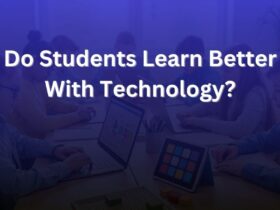
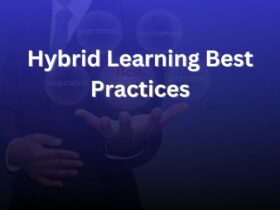


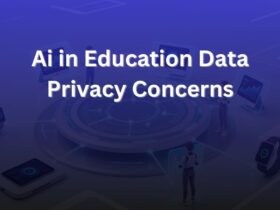
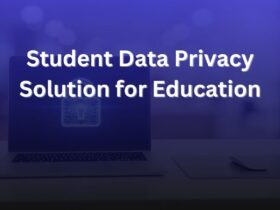




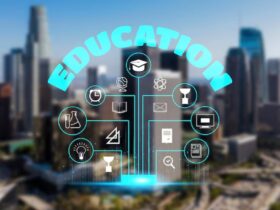


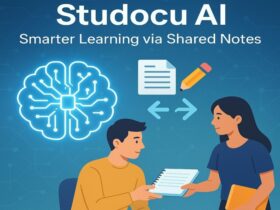













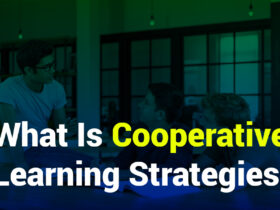







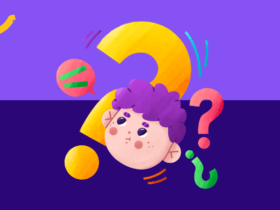






Leave a Reply